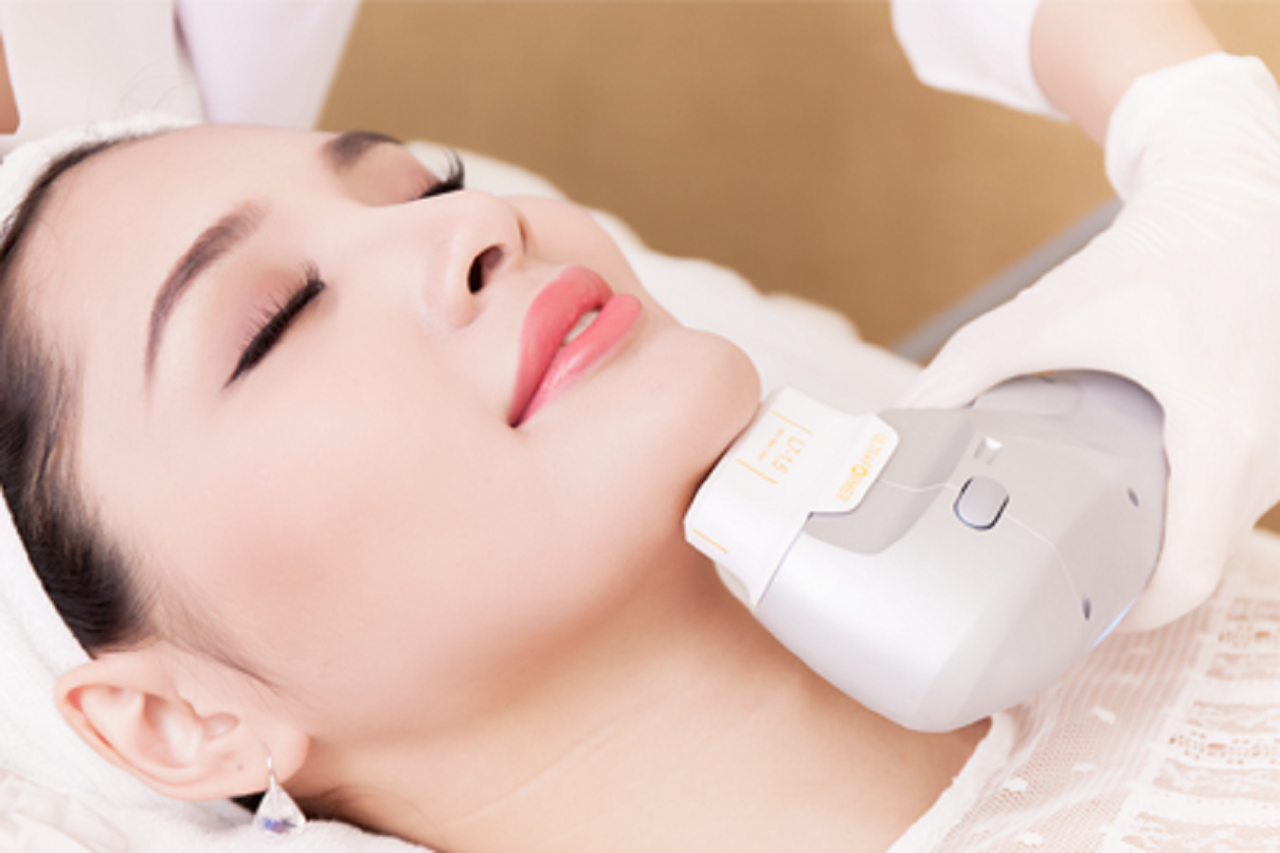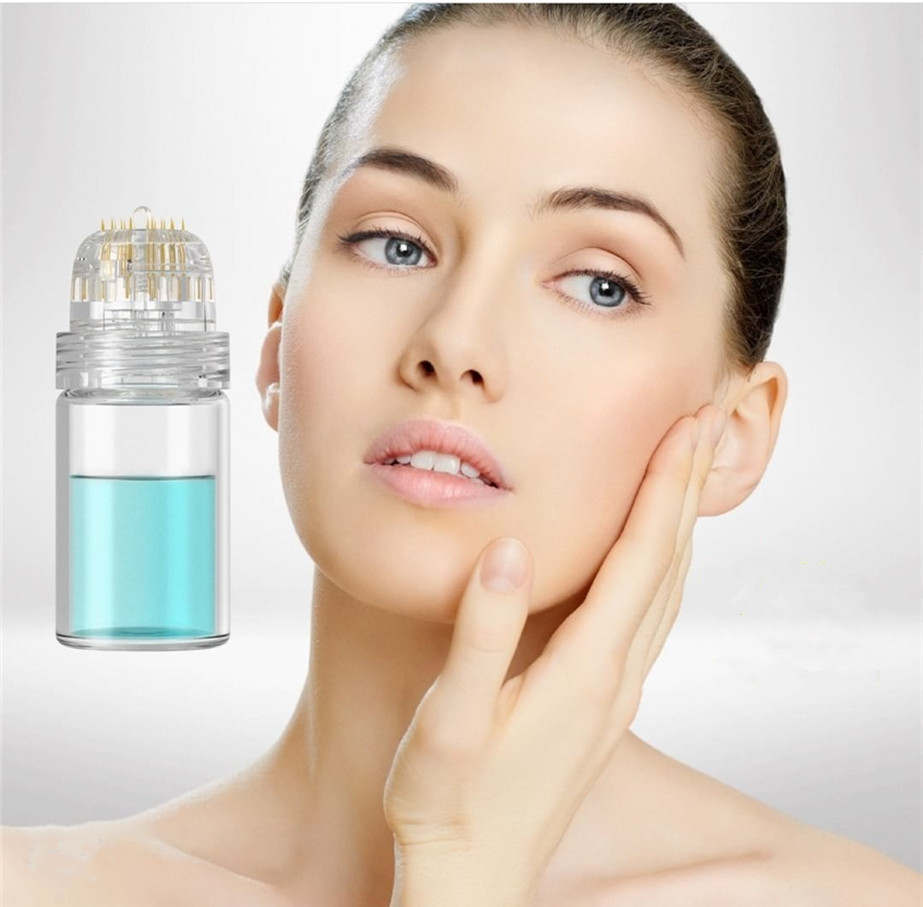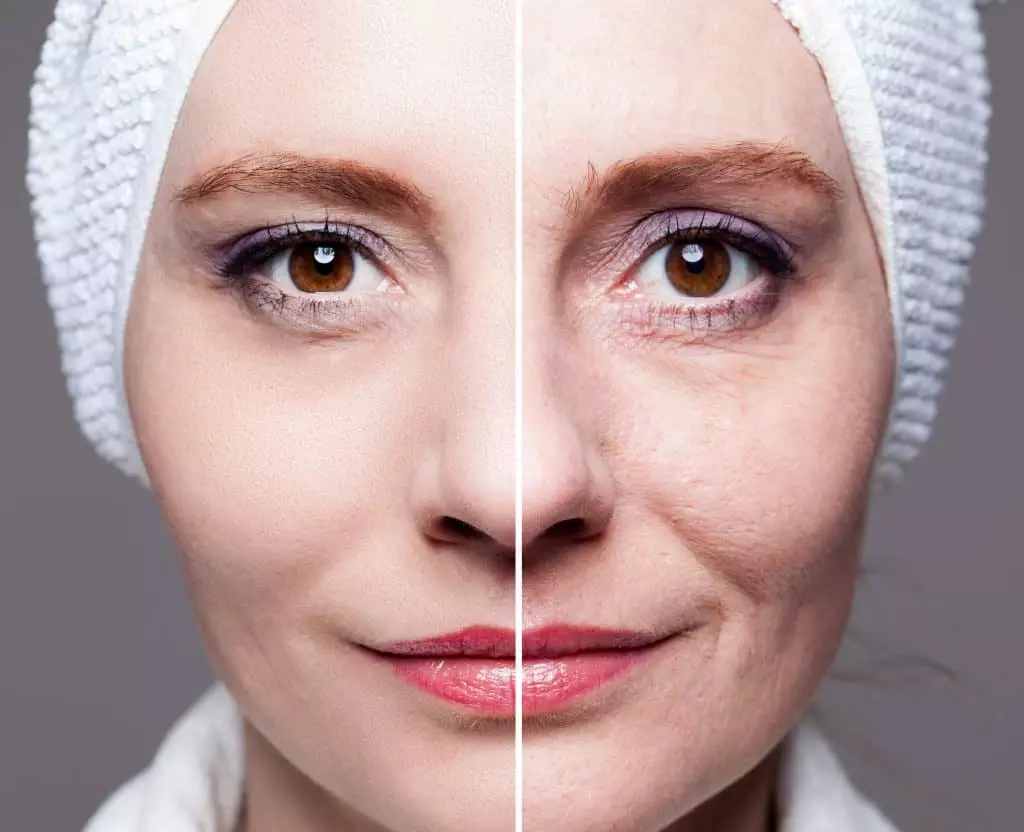Skin rejuvenation encompasses a range of treatments and procedures aimed at improving the health, appearance, and youthfulness of the skin. These methods can include daily skincare routines, chemical peels, microdermabrasion, laser resurfacing, microneedling, dermal fillers, Botox injections, ultrasound therapy, and platelet-rich plasma therapy.
These approaches target various skin concerns such as wrinkles, fine lines, uneven texture, acne scars, sun damage, and loss of elasticity. By promoting collagen production, exfoliating dead skin cells, stimulating cell turnover, and restoring volume, skin rejuvenation methods help to achieve a more vibrant, smooth, and rejuvenated complexion.
It’s important to consult with a skincare professional to determine the most suitable and effective treatments for individual needs and desired outcomes.
Table of Contents
Skin rejuvenation methods
Skin rejuvenation methods encompass a wide range of treatments and techniques that aim to improve the health, appearance, and youthfulness of the skin. Some common skin rejuvenation methods include:
- Topical Treatments: Using creams, serums, or lotions containing ingredients like retinoids, antioxidants, and moisturizers can help improve skin texture, reduce signs of aging, and promote a more youthful appearance.
- Chemical Peels: This procedure involves the application of a chemical solution to the skin, which exfoliates the outermost layer, revealing smoother, brighter skin underneath. Chemical peels can help reduce wrinkles, fine lines, acne scars, and sun damage.
- Microdermabrasion: It is a non-invasive procedure that uses a device with a diamond-tipped wand or fine crystals to gently exfoliate the skin, improving texture, reducing fine lines, and promoting cell turnover.
- Laser Resurfacing: Laser technology is used to remove damaged skin layers, stimulate collagen production, and improve skin tone and texture. It can help reduce wrinkles, scars, pigmentation issues, and promote overall skin rejuvenation.
- Microneedling: This procedure involves using a device with tiny needles to create controlled micro-injuries in the skin. It stimulates collagen production, improves skin texture, reduces scars, and promotes a more youthful appearance.
- Dermal Fillers: Injecting soft tissue fillers such as hyaluronic acid or collagen can restore volume, smooth out wrinkles and fine lines, and enhance facial contours for a more youthful look.
- Botox Injections: Botulinum toxin injections temporarily relax facial muscles, reducing the appearance of dynamic wrinkles such as frown lines, crow’s feet, and forehead wrinkles.
- Radiofrequency (RF) Therapy: RF treatments use energy waves to heat the deeper layers of the skin, stimulating collagen production and tightening loose skin. It can improve skin elasticity, reduce wrinkles, and promote a more youthful appearance.
- Ultrasound Therapy: Ultherapy utilizes focused ultrasound energy to lift and tighten sagging skin on the face, neck, and décolletage. It stimulates collagen production and promotes skin rejuvenation.
- Platelet-Rich Plasma (PRP) Therapy: PRP therapy involves extracting the patient’s own blood, processing it to concentrate the platelets, and injecting it back into the skin. Platelets contain growth factors that stimulate collagen production and promote healing, resulting in improved skin texture and rejuvenation.
It’s important to consult with a qualified dermatologist or aesthetician to determine the most suitable skin rejuvenation methods for your specific concerns and goals. They can evaluate your skin condition and recommend the most effective treatments to help you achieve the desired results.
Topical Treatments
Topical treatments are skincare products such as creams, serums, and lotions that are applied directly to the skin’s surface. These treatments often contain active ingredients like retinoids, antioxidants, peptides, hyaluronic acid, and hydroxy acids.
They work by nourishing and hydrating the skin, promoting collagen production, exfoliating dead skin cells, reducing inflammation, and protecting against environmental damage.
Topical treatments can address various skin concerns including wrinkles, fine lines, uneven tone, texture issues, acne, and dryness. Regular use of appropriate topical treatments can help improve skin health, enhance its appearance, and promote a more youthful and radiant complexion.
It’s crucial to choose products suitable for your skin type and concerns, and to follow a consistent skincare routine for optimal results. Consulting with a skincare professional can help determine the best topical treatments for your specific needs.
Chemical Peels
Chemical peels are skin rejuvenation treatments that involve the application of a chemical solution to the skin, which causes controlled exfoliation of the outermost layers.
This process helps remove dead skin cells, stimulate cell turnover, and promote the growth of new, healthier skin. Chemical peels can be customized to address specific concerns such as wrinkles, fine lines, acne scars, uneven tone, and sun damage.
They can vary in strength, from light peels that provide mild exfoliation to deep peels that penetrate deeper layers of the skin. Chemical peels can improve skin texture, reduce the appearance of wrinkles and scars, even out skin tone, and enhance the overall radiance of the skin.
However, it’s important to consult with a skincare professional to determine the most appropriate type and strength of chemical peel for your skin type and concerns, as well as to ensure proper aftercare for optimal results and minimal side effects.
Microdermabrasion
Microdermabrasion is a non-invasive skin rejuvenation procedure that involves using a device with a diamond-tipped wand or fine crystals to gently exfoliate the outer layer of the skin.
This process helps remove dead skin cells, stimulate cell turnover, and promote collagen production. Microdermabrasion can improve skin texture, reduce the appearance of fine lines, wrinkles, acne scars, and hyperpigmentation.
It can also unclog pores and enhance the absorption of skincare products. The procedure is relatively quick and requires no downtime, making it a popular choice for those seeking a gentle and effective skin rejuvenation treatment.
However, it’s important to consult with a skincare professional to determine if microdermabrasion is suitable for your skin type and concerns, as well as to ensure proper aftercare for optimal results.
Laser Resurfacing
Laser resurfacing is a skin rejuvenation procedure that uses laser technology to remove damaged skin layers and stimulate collagen production. The laser emits high-energy light that targets specific areas of the skin, promoting the growth of new, healthier skin cells.
Laser resurfacing can improve skin tone and texture, reduce the appearance of wrinkles, fine lines, acne scars, and pigmentation irregularities. It can also tighten loose skin and minimize the signs of sun damage.
The procedure can be customized to various levels of intensity, ranging from ablative lasers that remove the outer layers of the skin to non-ablative lasers that stimulate collagen without damaging the surface.
It’s important to consult with a skincare professional to determine the most appropriate laser resurfacing treatment for your skin type and concerns, as well as to ensure proper aftercare for optimal results and minimize the risk of complications.

Microneedling
RF Microneedling is a skin rejuvenation procedure that involves the use of a device with tiny needles to create controlled micro-injuries in the skin. These micro-injuries stimulate the skin’s natural healing response, triggering collagen and elastin production.
Microneedling can improve skin texture, reduce the appearance of wrinkles, fine lines, acne scars, and hyperpigmentation. It can also enhance the absorption of skincare products and promote a more youthful and plump complexion.
The procedure can be performed using various depths of needle penetration, and it can be combined with other treatments such as the application of topical serums or platelet-rich plasma (PRP).
It’s important to consult with a skincare professional to determine if microneedling is suitable for your skin type and concerns, as well as to ensure proper aftercare for optimal results and minimize the risk of complications.
Dermal Fillers
Dermal fillers are injectable substances used for skin rejuvenation and enhancing facial contours. These fillers, typically made of hyaluronic acid or collagen, are injected into specific areas of the face to restore volume, smooth wrinkles and fine lines, and improve the overall appearance of the skin.
Dermal fillers can plump up areas that have lost volume due to aging, fill in deep lines and wrinkles, and enhance features such as the lips and cheeks. The results are immediate and can last several months to a year, depending on the type of filler used.
It’s important to consult with a qualified healthcare professional to determine the most appropriate dermal filler and treatment plan for your specific concerns and desired outcomes.

Botox Injections
Botox, short for Botulinum toxin, is a cosmetic treatment that involves the injection of a purified form of the toxin into specific muscles of the face. It works by temporarily blocking nerve signals to the targeted muscles, which reduces their ability to contract and causes a temporary relaxation.
Botox is commonly used to smooth out dynamic wrinkles, such as frown lines, crow’s feet, and forehead wrinkles, resulting in a more youthful and refreshed appearance.
The effects of Botox typically last for several months, and the treatment is minimally invasive with little to no downtime. It’s important to consult with a qualified healthcare professional to determine the most suitable areas for treatment and to ensure safe and effective administration of Botox.

Radiofrequency (RF) Therapy
Radiofrequency (RF) therapy is a non-invasive skin rejuvenation treatment that uses energy waves to heat the deeper layers of the skin. This controlled heating stimulates collagen production, promotes tissue tightening, and improves skin elasticity.
RF therapy can target various concerns, including wrinkles, fine lines, sagging skin, and cellulite. It is commonly used on the face, neck, and body to achieve a more youthful and toned appearance.
The procedure is typically comfortable and requires no downtime, making it a popular choice for those seeking non-surgical skin tightening and rejuvenation. However, it’s important to consult with a skincare professional to determine if RF therapy is suitable for your specific needs, as well as to ensure proper aftercare for optimal results.

Ultherapy
Ultherapy is a non-invasive skin rejuvenation treatment that utilizes focused ultrasound energy to lift and tighten sagging skin on the face, neck, and décolletage. The ultrasound waves penetrate deep into the skin, targeting the underlying layers and stimulating collagen production.
This helps to improve skin elasticity, reduce the appearance of wrinkles and fine lines, and promote a more youthful and lifted appearance. Ultherapy is a safe and effective procedure that does not require surgery or downtime, making it a popular choice for individuals seeking a non-invasive alternative to facelifts.
However, it’s important to consult with a skincare professional to determine if Ultherapy is suitable for your specific concerns and to ensure proper aftercare for optimal results.

PRP
Platelet-Rich Plasma (PRP) therapy is a skin rejuvenation treatment that utilizes the patient’s own blood to extract and concentrate platelets, which are rich in growth factors.
The process involves drawing a small amount of blood, processing it to separate the platelet-rich plasma, and then injecting or applying it topically to the skin. PRP stimulates collagen production, promotes tissue regeneration, and enhances healing.
It can improve skin texture, reduce the appearance of wrinkles, scars, and hyperpigmentation, and promote a more youthful and revitalized complexion. PRP therapy is a natural and minimally invasive procedure with minimal risk of allergic reactions or adverse effects since it uses the patient’s own blood.
However, it’s important to consult with a skincare professional to determine if PRP therapy is suitable for your specific concerns and to ensure proper aftercare for optimal results.

Aqua gold Treatment
Aqua gold treatment is a minimally invasive skin rejuvenation procedure that involves the use of a specialized device called Aquagold Fine Touch. This device consists of microneedles that are smaller than a hair follicle and a reservoir that can hold customized solutions, such as hyaluronic acid, vitamins, or peptides.
During the treatment, the device is gently stamped over the skin, delivering the solutions directly into the superficial layers. Aquagold treatment helps improve skin texture, hydration, and radiance, while also reducing the appearance of fine lines and wrinkles.
The procedure is virtually painless and requires minimal downtime, making it an attractive option for those seeking quick and effective skin rejuvenation. It’s important to consult with a skincare professional to determine if Aquagold treatment is suitable for your specific needs and to ensure proper aftercare for optimal results.

Plasmage treatment
Plasmage treatment is a non-surgical skin rejuvenation procedure that utilizes plasma technology to improve various skin concerns. The Plasmage device generates plasma energy, which is directed onto the skin’s surface using a handheld device.
The plasma energy creates small controlled micro-injuries in the skin, stimulating collagen production and promoting tissue regeneration. Plasmage treatment can be used to address concerns such as wrinkles, fine lines, acne scars, skin tightening, and improvement of skin texture.
It is commonly used on the face, neck, and other areas of the body. The procedure is minimally invasive and typically requires little to no downtime.
However, it’s important to consult with a skincare professional to determine if Plasmage treatment is suitable for your specific needs and to ensure proper aftercare for optimal results.
https://en.wikipedia.org/wiki/Rejuvenation


